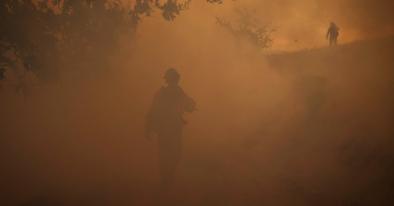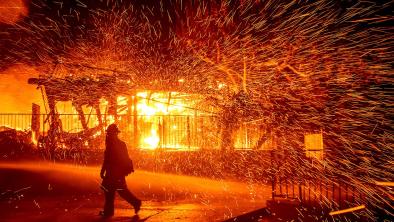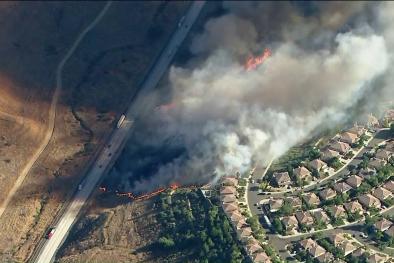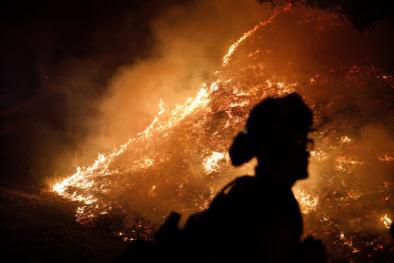This year’s fire season in California could be ‘very active’
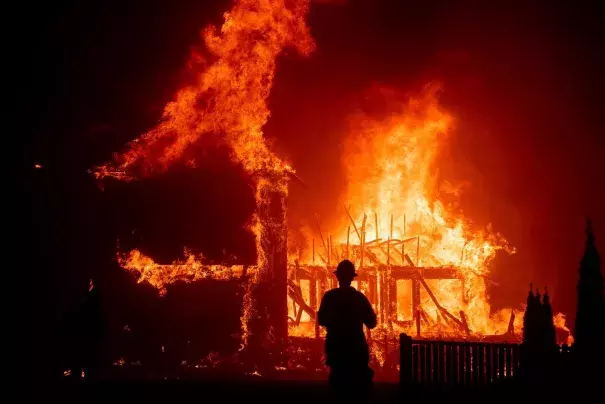
Despite a wet winter, California again faces an above-normal chance for large wildfires as the state heads into late summer and fall. That’s according to a monthly report issued Aug. 1 by the predictive services branch of the National Interagency Fire Center. Heat — a major player in the devastating wildfires of the last two years — and the timing of autumn winds and rains will determine precisely how perilous the 2019 wildfire season becomes.
...
This summer had been off to a slow start. Then a heat wave at the end of July, which had inland valley temperatures soaring into the upper 90s and 100s from Riverside to Redding, seemed to flip a switch. Firefighters battled blazes near Los Angeles, Santa Barbara, Monterey and Big Sur. The largest fire of the year so far burned in the state’s remote northeastern corner.
...
Because of the wet winter and spring and late snow melt, higher elevations had remained moist, suppressing summer forest fires in the Sierra. The rain was “a little too good to us,” Henry said — it produced an especially tall and continuous grass crop that can carry fire easily. “Right now we’re at a critical juncture in the low and middle elevations,” he said. These are the same areas that saw extreme wildfires in 2017 and 2018, including wine country (Tubbs Fire), Redding (Carr Fire) and the Sierra foothills, where the Camp Fire erupted, California’s deadliest and most destructive blaze on record.
...
Even brief heat waves can intensify fire danger because they occur on top of a background warming trend that has its own drying effect.
“A heat wave today is going to have a much more potent influence on flammability than one 150 years ago when temperatures were 3.5 degrees cooler,” said Park Williams, a climate scientist at Columbia University.
In a new study released in July, Williams and his co-authors found a heat signature in the dramatic increase (405 percent) in California’s burned area since 1972, one that appears as a rise in big summer forest fires in the Sierra and the forested northern coast regions — like 2018’s Ferguson Fire in Yosemite and the record Mendocino Complex Fire. These changes were driven by increased daytime temperature, creating a thirstier atmosphere that can more quickly draw moisture from plants.
Related Content
